|
Scaled Quail, Sierra Vista Southeast, Robert Gallucci's feeders. For those of you who read my post of March 26th, you joined us for part 1 of our trip, Madera Canyon. This is the promised part 2, the Huachuca Mountains and canyons and the valley to the southeast. Sorry for the delay in posting, it took longer than I anticipated! We made our way from Madera Canyon across the Coronado National Forest to Sonita and then to Sierra Vista. We stayed at Battiste Bed, Breakfast and Birds, which I highly recommend. Our hosts Tony and Julie Battiste were fantastic, and the accommodations were spacious and comfortable. Tony is an expert birder and guide. He has created an excellent yard with feeders and water features, complete with a photo blind with room for two to sit comfortably. The yard and blind are part of the B and B overnight, and can be used by others for a fee. Be sure to call first to be sure it is available, 520 803 6908. We also visited a Sierra Vista South newcomer, Robert Gallucci, a professional photographer originally from New Jersey, who has a home and yard with feeders ($10 feeder fee). Rob is also an expert birder, and runs tours. Rob's house is not far from Tony's, but whereas Tony is close to the foothills, Rob is in the open flat country. This difference means different species, as we will see later in the post. We visited Huachuca Canyon, one of the hotspots in SE Arizona and the home to a wintering male Elegant Trogan. Alas, the trogan was not home when we visited (we should have sent him a "Tweet" in advance) but we did spot other birds. This canyon is part of Fort Huachuca, a U.S. Army Installation and requires a pass for entry - more on this later. Our last stop was Ramsey Canyon and the Nature Conservancy Preserve at the end of the road. Below is a view of the canyon a short way uphill from the Nature Conservancy entrance. Ramsey Canyon, on the Nature Conservancy Preserve. Ramsey Canyon is all private, with a narrow (but paved) two lane road. There is no public parking, and no parking on the road. The Nature Conservancy with trails and birding is at the end of the road. They have room for just under 30 cars, and when they are full, there is no other place to park. There are a number of B and B's in Ramsey Canyon, and if you stay at one of them, it is a short walk to the Nature Conservancy site. Below is the map of this leg of the trip from Adobe's Lightroom. My Canon 7D Mk II has a GPS chip in it, and every image is date, time, and location stamped. Lightroom shows you where your images were captured. I added annotation to make it easier to read. The numbers refer to the number of images at each site. Rest assured I have edited these ~1500 images down a reasonable number for this post. So you don't have to make another pot of coffee to make it through the post, unless of course, you really like coffee! Look carefully, and you will see Fort Huachuca in the upper left. Our B and B and Ramsey Canyon were to the south. Note that in the upper right is San Pedro House, another birding hotspot, on the San Pedro River. We did not visit this time, but it is a 20 minute drive from Ramsey Canyon. First stop: Sierra Vista Southeast: Battiste Bed, Breakfast, and Birds. Rufous HummingbirdThere were many Rufous Hummingbirds at Tony's feeders and perched in the yard. For whatever reason, they mostly flew in, and sat and posed. There did not spend much time hovering over the nectar feeders. Maybe their tummies were full from another yard and they just wanted a place to rest. In any case, they are beautiful birds. The Rufous Hummingbird is a brightly colored, feisty bird that breeds in the Pacific Northwest and Canada, winters in Mexico and the southern U.S. gulf states and Florida, and migrates throughout the western U.S. from Texas to California. The males captured here are likely migrants, on their way north for breeding. Their migration circuit is a clockwise loop, up the Pacific coast to Canada to breed in the spring, then back south in the fall through the Rocky Mountains to Mexico. They are known for being very territorial, even in migration, chasing other birds from feeders. Of note is that the Rufous was the only hummingbird we saw in our two days at Tony's. Likely they were keeping the others away. The Rufous Hummingbird has short wings that when folded fall short of the tail, as we can see above. In the two images below, this male is fluffing up his feathers, possible after a morning bath. Scott's OrioleScott's Oriole is a striking black and yellow bird of the desert southwest, closely associated with Yucca plants. They feed on insects, fruit and nectar, and here we see a male showing some interest in the grape jelly at the top of this log. They breed in Northern Mexico and Arizona and New Mexico. Below are two images taken 1 second apart. A Curved Bill Thrasher decided he wanted this perch, and in a flash the Scott's Oriole was gone, leaving only black and yellow feathers floating in the air. We did not see the Oriole again. PyrrhuloxiaThe Pyrrhuloxia is a year around resident of southern Arizona, New Mexico, and Texas, as well as most of Mexico. They are closely related to the Northern Cardinal, but with distinctive red and gray coloration, which we can see in these males. For more on the distinction between Pyrrhuloxia and Cardinals, see my post from Patagonia. Pyrrhuloxia are primarily seed eaters, with a curved culmen, the inner upper portion of the beak (upper mandible). This distinctive feature is clear in the images above and below. A nice feature for cracking seeds apart. Battiste Bed, Breakfast and Birds was a great place to stay and bird. We saw many more species than shown here, but time and space (oh, the limitations of physics!) leads us on to another stop in Sierra Vista South, Robert Gallucci's backyard. Rob Gallucci is a recent transplant from New Jersey who has a home on what looks like former ranch land a bit south and east of Tony and Julie's B and B. As mentioned previously Rob is a photographer and tour guide, who alerted Tony that he had Scaled Quail in his backyard. So we packed up the gear and headed over to Rob's place to check out the Scaled Quail. Scaled QuailScaled Quail are ground dwellers of the southwest, with a snappy crest and contour feathers on the breast that look like scales on a fish. Their range is central and northern Mexico, and north into SE Arizona, New Mexico, and western Texas. Their numbers are in decline due to loss of habitat with overgrazing and development decreasing places to feed and nest. They are gregarious birds staying on the ground in groups, as well as being monogamous. The quail we see here hopped up onto the wall around Rob's property, strutting on the wall, and then cruising down to the yard to feed on seeds. It is interesting that these birds, which are ubiquitous throughout our region, preferentially select flat plains like Rob's yard, and not the foothills at Tony's. To see the terrain differences, see the map at the beginning of this post. Again, many thanks to Rob for the "Scaled Quail Alert" and making his yard available for birders. See his photo website at: RGallucci. Cassin's FinchCassin's Finch is a small songbird with a short stocky bill, and a rosy-pink appearance overall with more red on a peaked crown. They breed in Canada, winter in Mexico as well as eastern Arizona and New Mexico, living year round in the rocky mountain states. My guess is these birds are migrating, stocking up at Tony's all-you-can-eat breakfast bar for the long flight north. Black-throated SparrowThe Black-throated Sparrow is a year-around resident of Southern Arizona, New Mexico and Mexico, heading as far north as Oregon for summer breeding generally staying west of the Rockies. For more images from the Tucson area, see this entry Birds, Black-throated Sparrow. Black-throated Sparrows have a striking appearance and a "cute factor" that makes them fun to watch and photograph. House SparrowOh, the poor House Sparrow, striking in appearance, but getting no respect as an "invasive species." It's not their fault that they were introduced into Brooklyn in 1851. Got to admit they adapted well, spreading to the Rocky Mountains by 1900. they are common in North America year round, and prefer nesting and feeding close to man-made structures, living well in town close to houses. Next stop, Huachuca Canyon! Huachuca Canyon is considered one of THE prime birding hotspots in SE Arizona. On this trip we were probably too early in the season for many of the species, but had heard that there was a male Elegant Trogan wintering in the canyon, and often hanging out in convenient spots, like the parking lot! The canyon is on the Fort Huachuca military base, and entry requires a pass. The Army issues passes at the East Gate off of Highway 90. Pull into the parking area on the right before you get to the gates themselves. The pass requires a background check and creation of a photo ID, which takes about 15 minutes if there is no line. I am told Monday mornings are busier. We were there toward the end of the week, and had a minimal wait. Our passes were good for 30 days. Once inside the fort, follow a map to the Huachuca Canyon, which is set up as a park and hiking area. The road into the canyon is dirt. Drive with your windows closed! Alas, no Elegant Trogan's for us today! We did see a few other birds though, see below. Rest assured, we will be back! American RobinThe American Robin is widespread throughout all of North America, from southern Mexico to northern Canada. Here we see a Robin along a stream which runs along the trail just up the canyon from the parking area. We saw someone driving this stream in a Jeep, but they did not get far before turning around, and I would not recommend it. Below, another Robin, sitting on a branch. Hammond's FlycatcherWe spotted this fellow hopping on branches. Special thanks to Jeff Babson for acting as my bird ID coach and umpire, providing assistance reviewing images to help me make a positive ID. The Flycatcher's are tough (for me) to ID. The Hammond's is similar to Gray and Dusky Flycatchers The Hammond's has a short, stubby, and all black bill, with a short notched tail, which looks even shorter because they are long-winged. The Gray Flycatcher is longer billed and longer tailed. Dusky is intermediate in shape between Gray and Hammond's and in fact is often identified by eliminating the other two. For more details on Flycatchers, and in fact for identifying all birds, see Kenn Kaufman's book, Field Guide to Advanced Birding, Understanding What You See and Hear. Painted RedstartLet's finish with a fleeting image of a Painted Redstart fanning his tail to kick up the bugs! Last stop, Ramsey Canyon. As I noted at the beginning of the post, Ramsey Canyon is totally private, with a paved, but narrow road. There are B and B's in the canyon but for day trips it is best to park up at the end of the canyon at the Nature Conservancy Preserve. Remember, they have just under 30 parking places, and when they are taken there is no other parking. So come early, and be careful on busy days, or if there is a rare bird alert. Also note that they are closed Tuesday and Wednesday of each week and on holidays. Check their website in advance to be sure they are open if you are planning a trip. Ramsey CanyonWe visited March 17th, and again the following Thursday, but did not see many birds. I did get landscapes on the 22nd, with one sample above. The canyon is beautiful with large Arizona Sycamores, still in leafless winter mode. The preserve is beautifully maintained, with excellent trails with markers. Western Wood-PeweeWestern Wood-Pewees are gray to brown flycatchers that live in open woodlands and forests near streams, places just like Ramsey Canyon. They sit high on exposed branches, waiting for insects to fly by. Their range runs from Central America to Alaska, breeding throughout this area in woodlands and forests. Well, that is it for the Huachuca Mountains and environs. Stay tuned - more to come soon. Happy Trails!
4 Comments
|
AuthorHenry Johnson, photographer and author of this site. For more detail, see About
Categories
All
Archives
July 2024
|
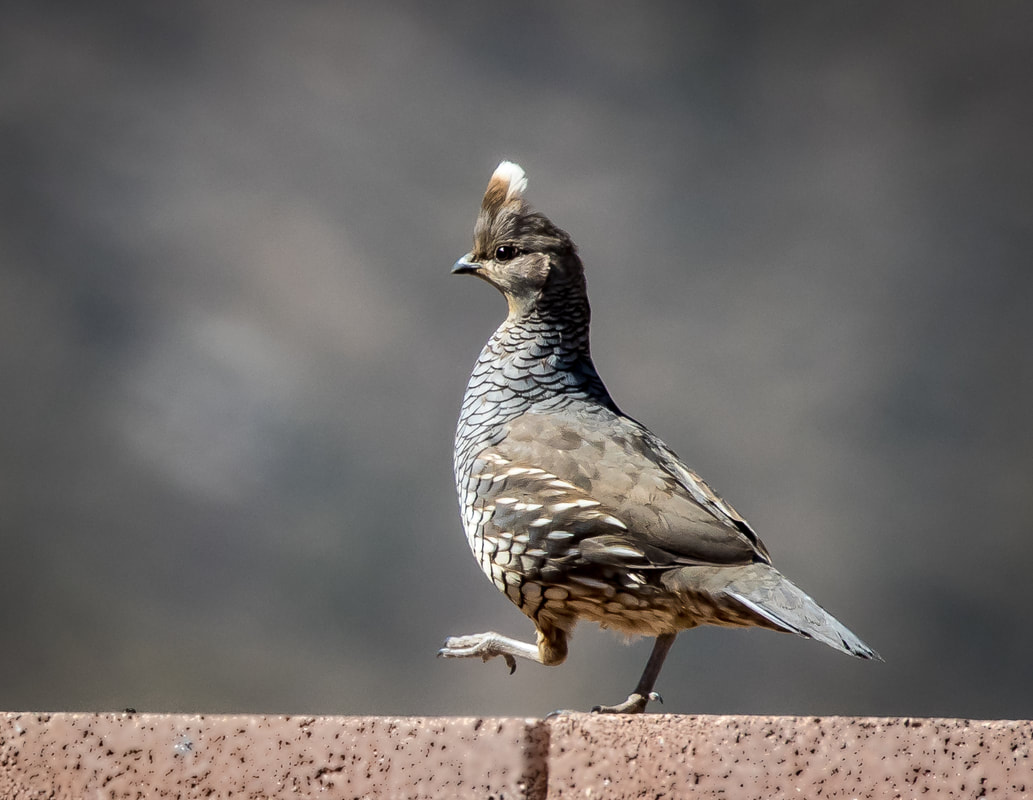
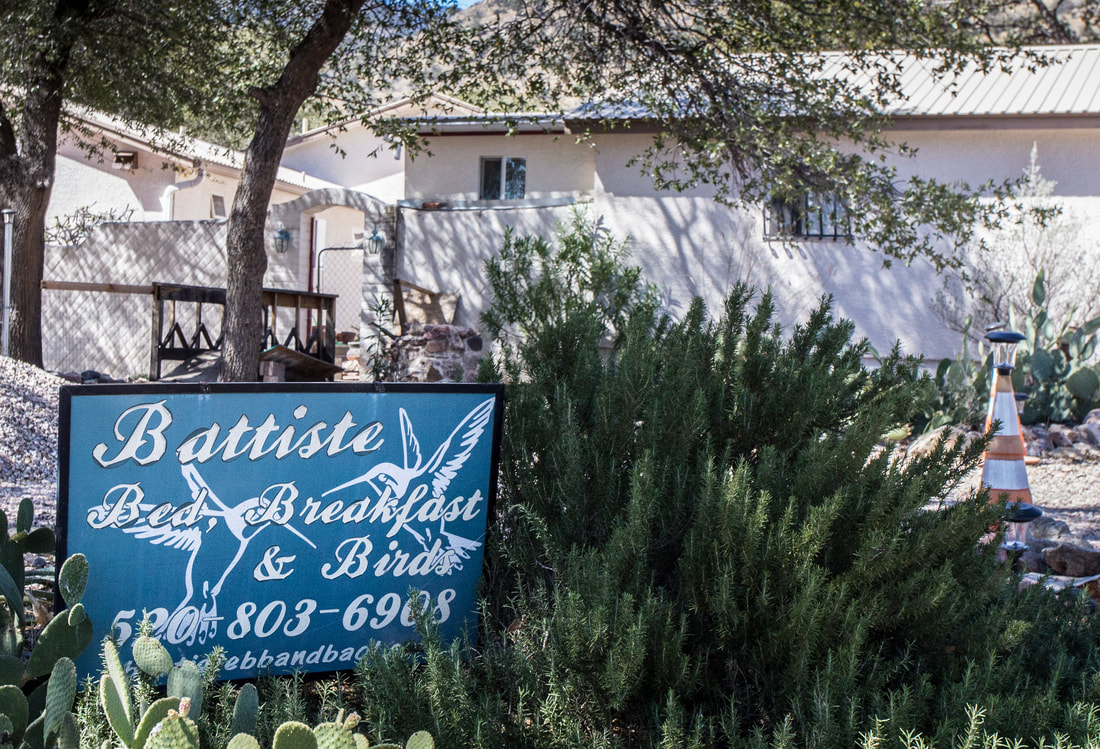

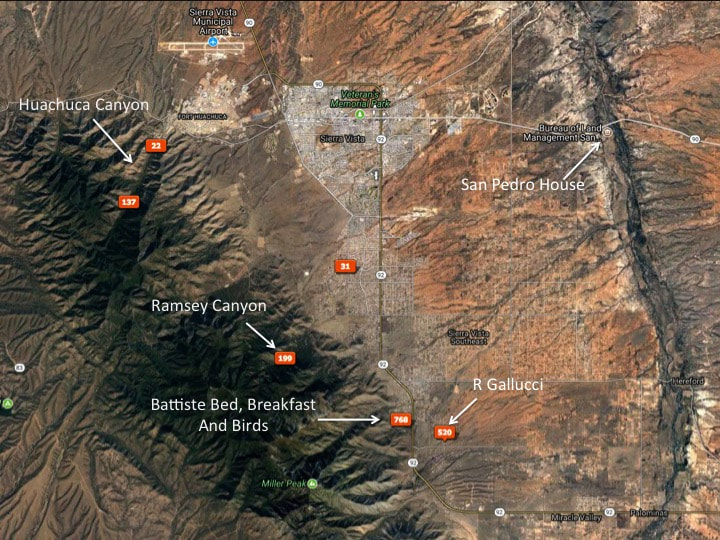
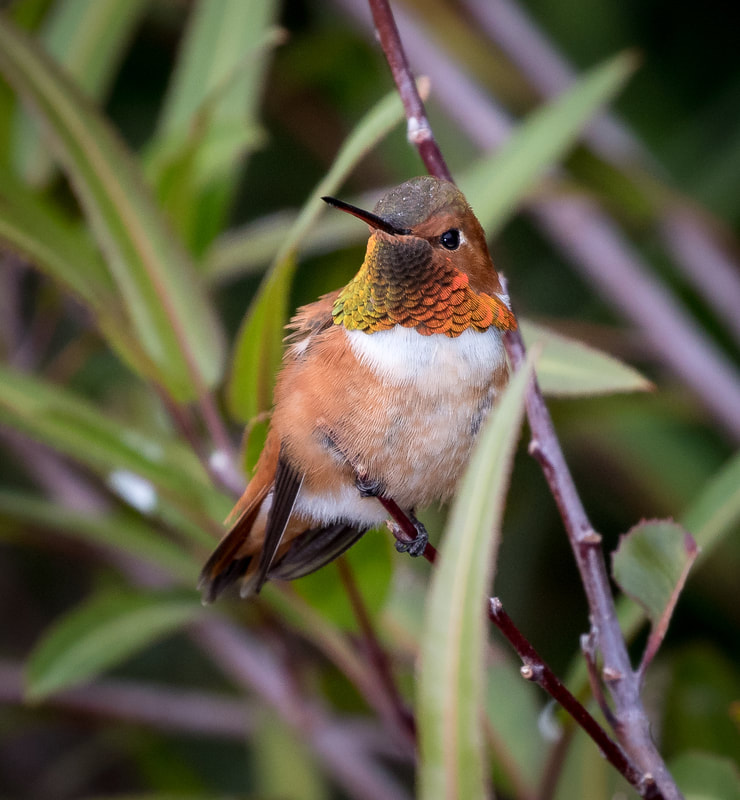
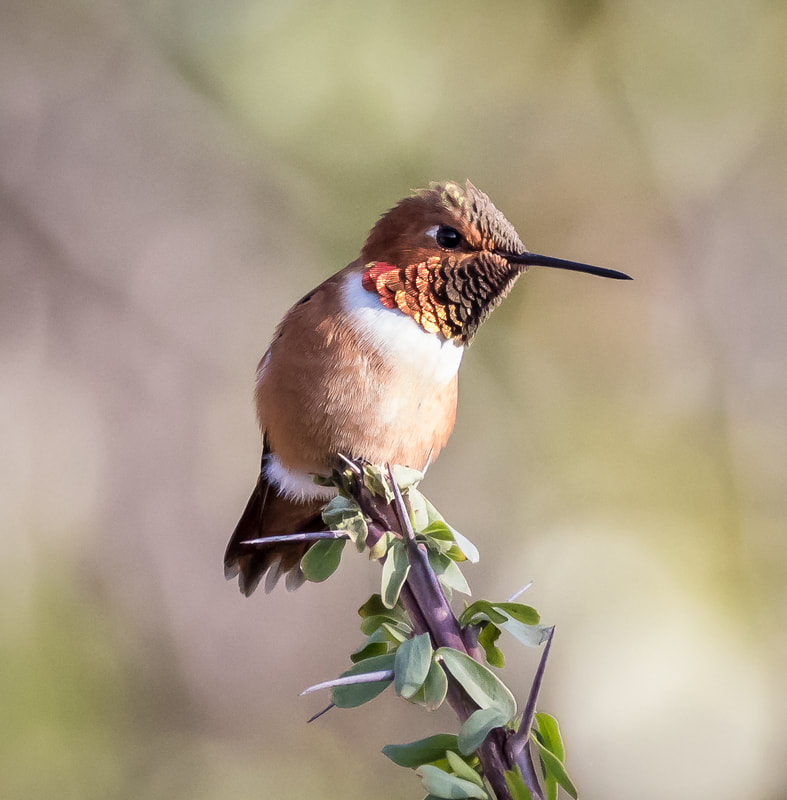
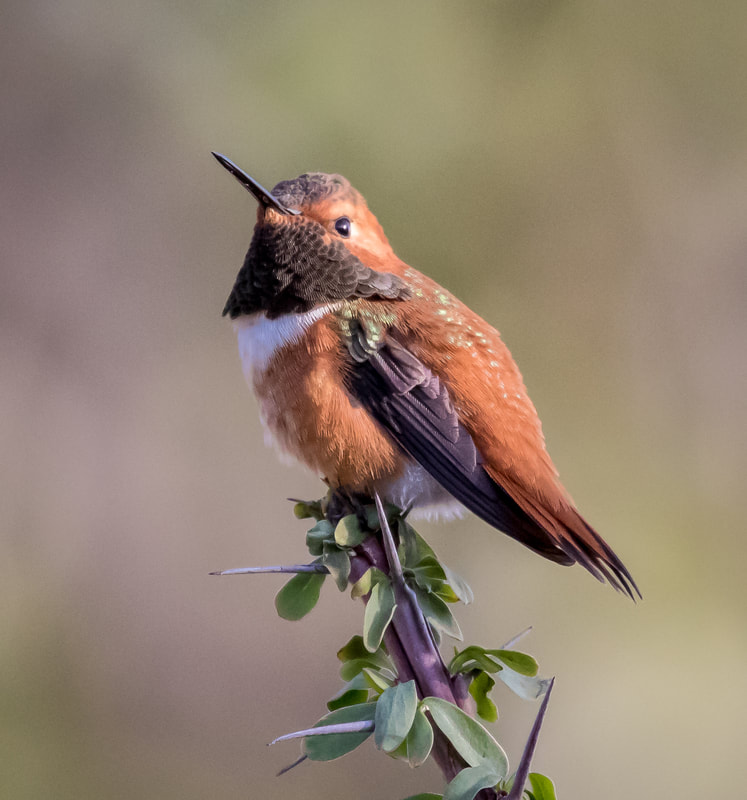
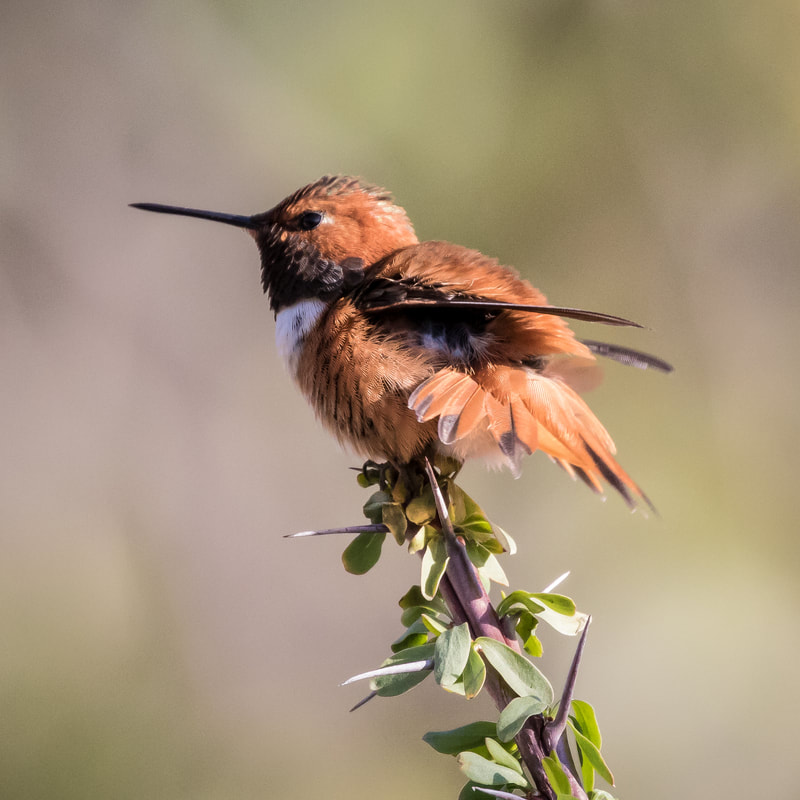
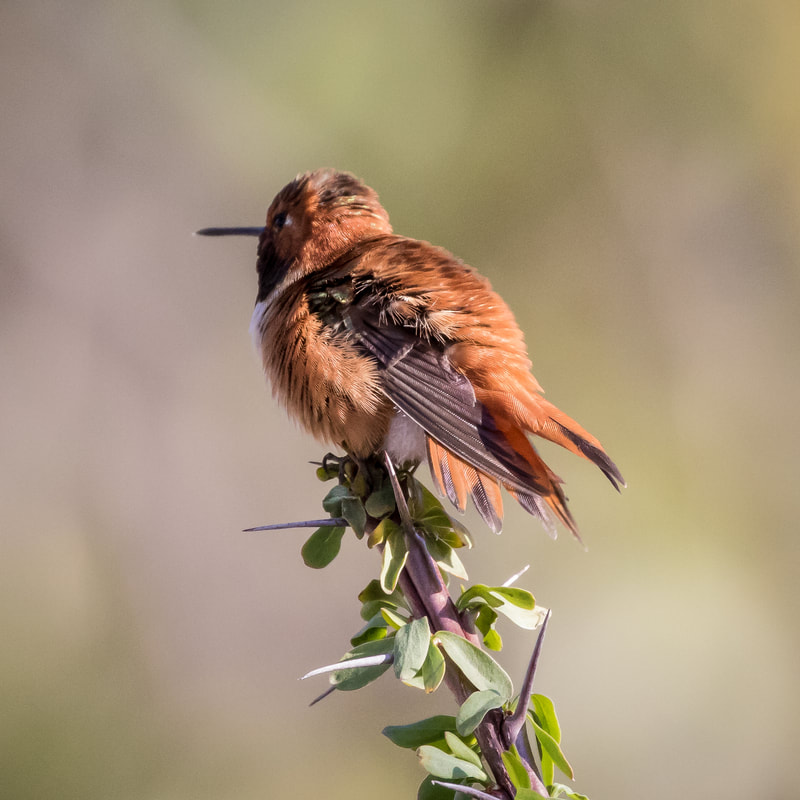
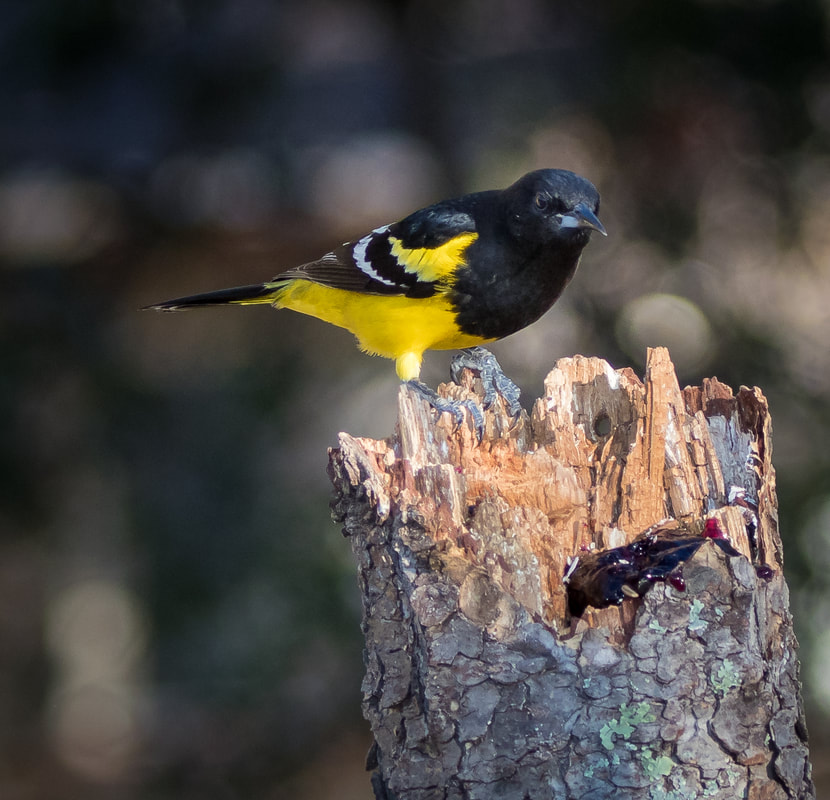
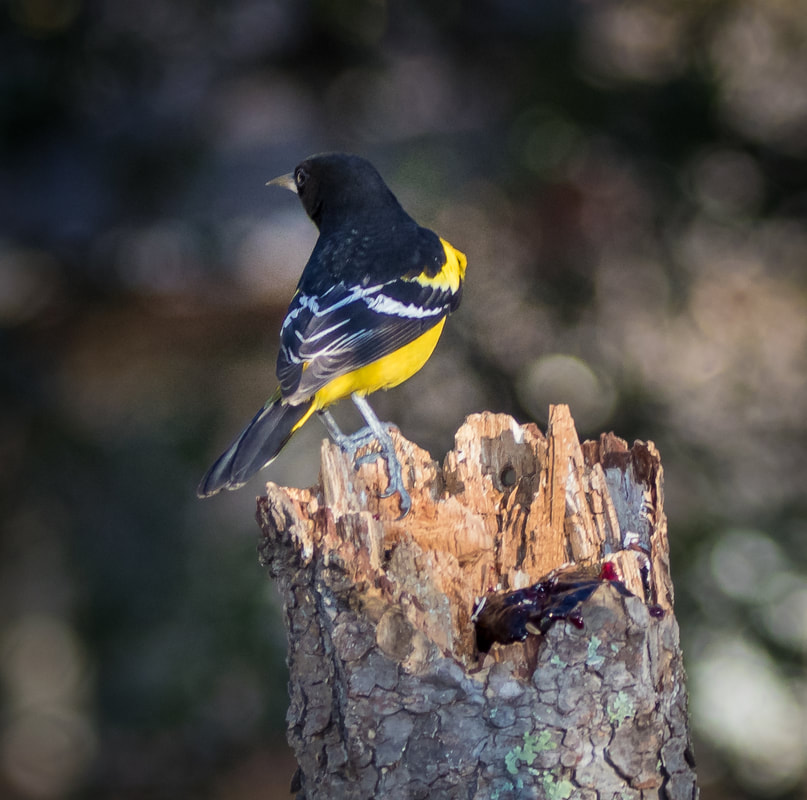
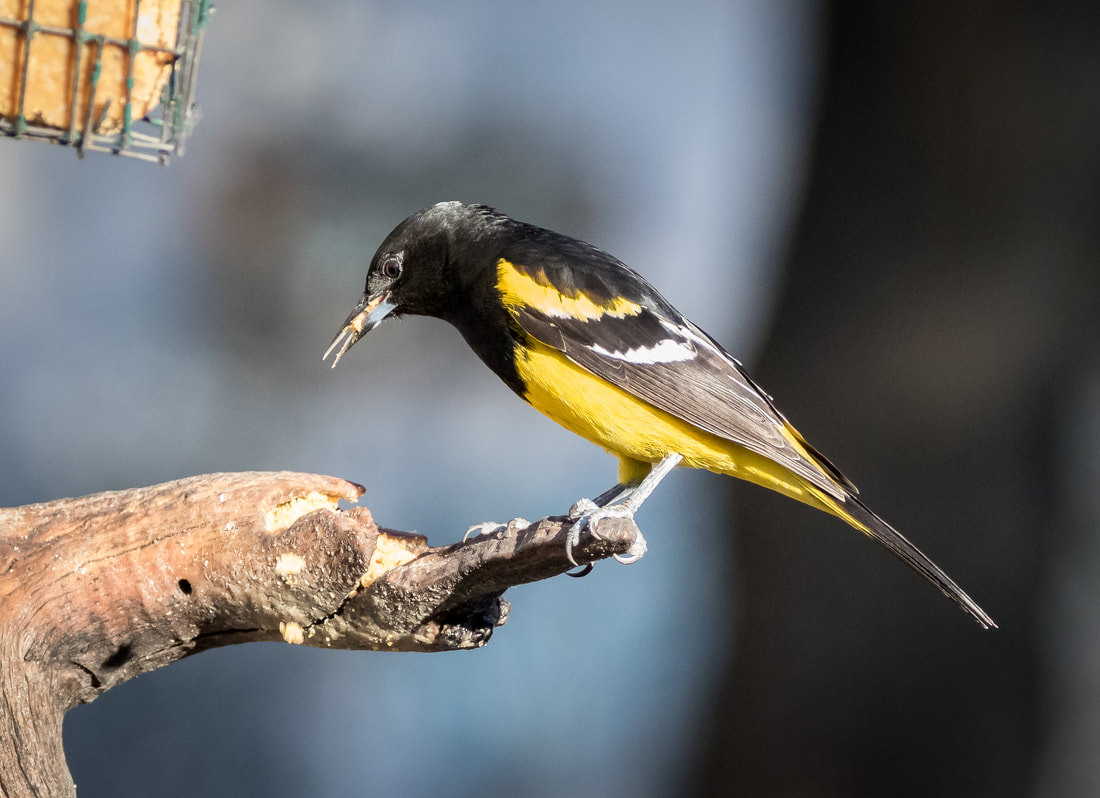
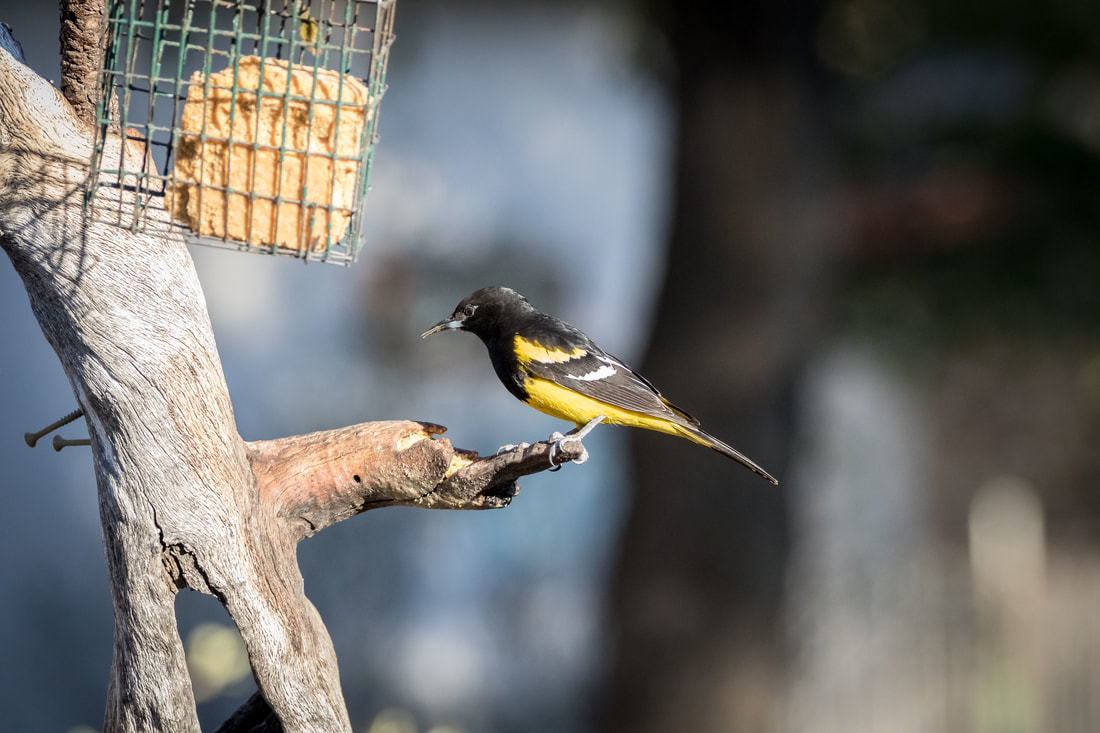
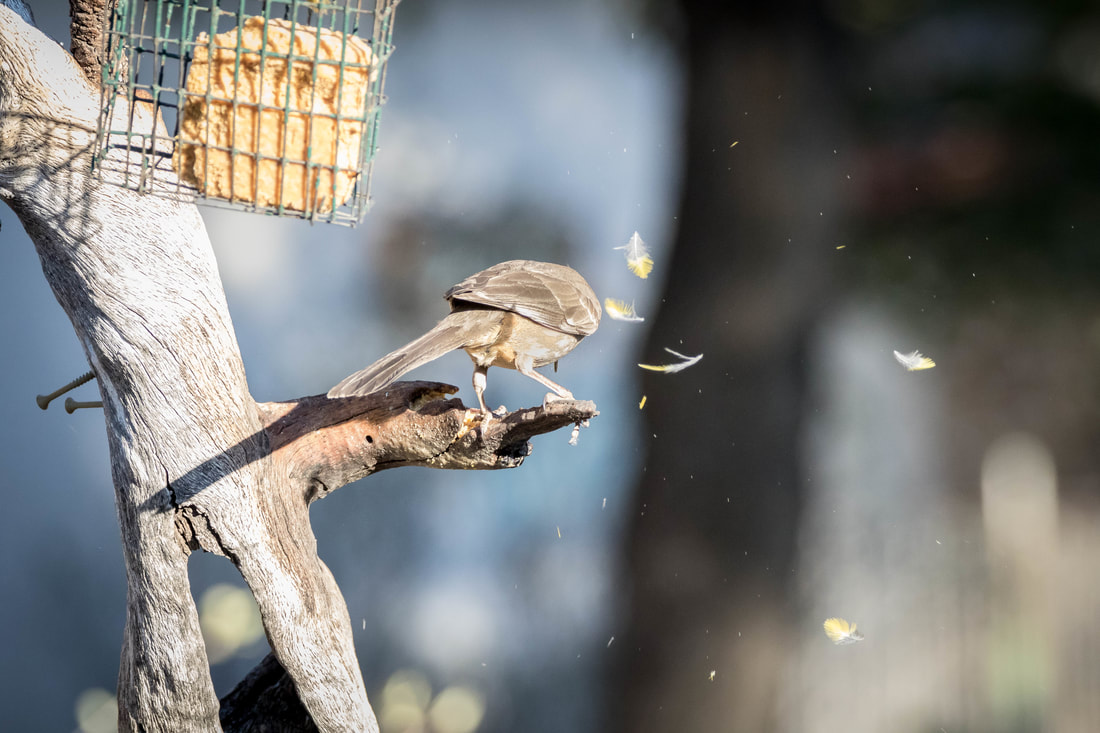
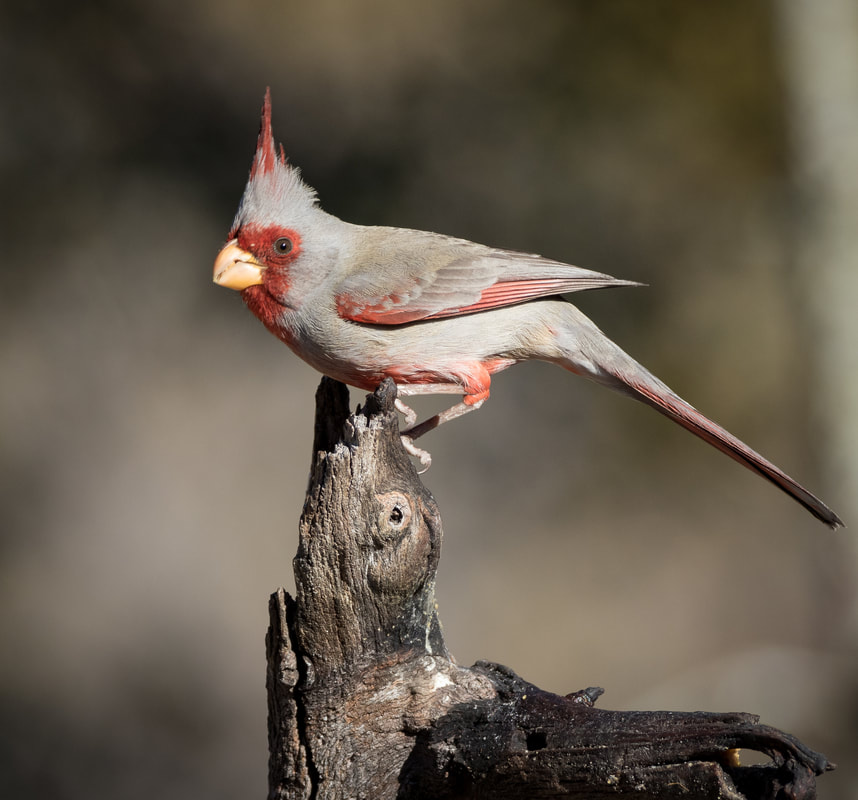
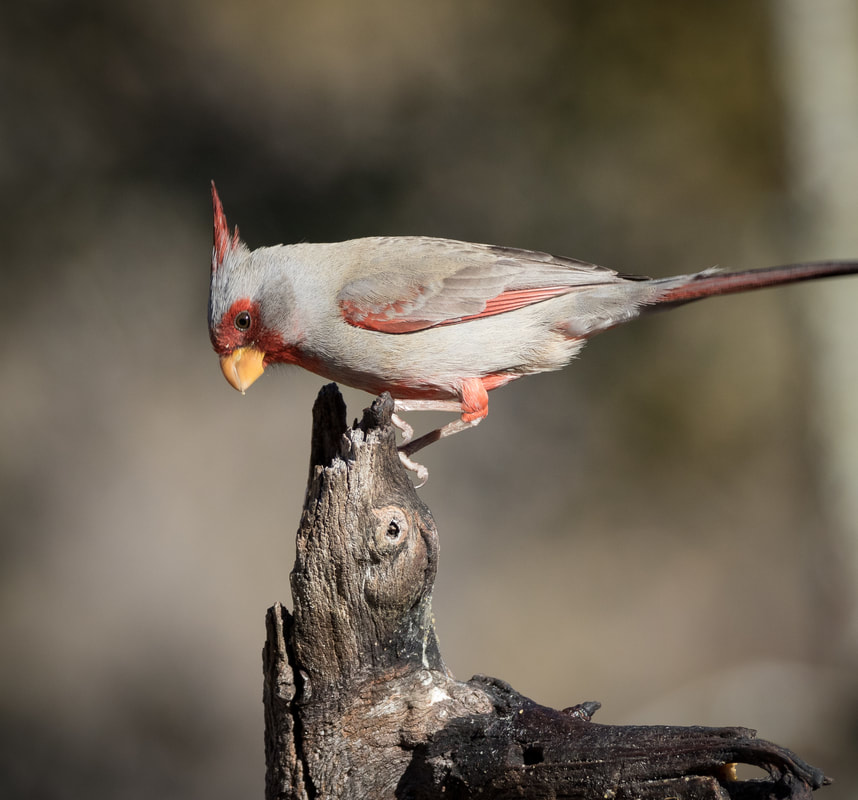
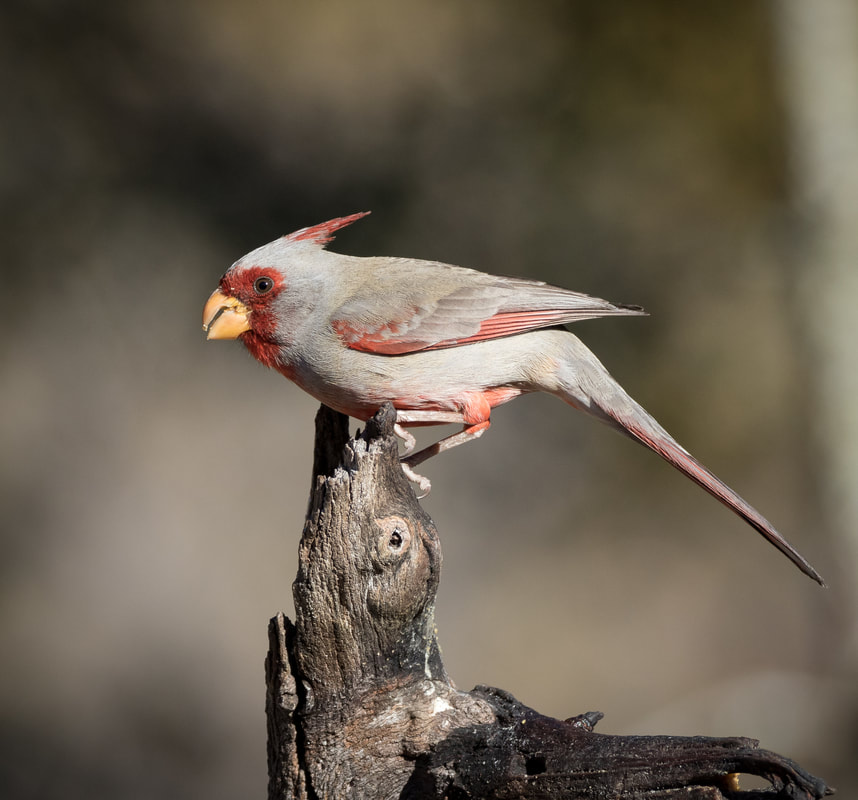
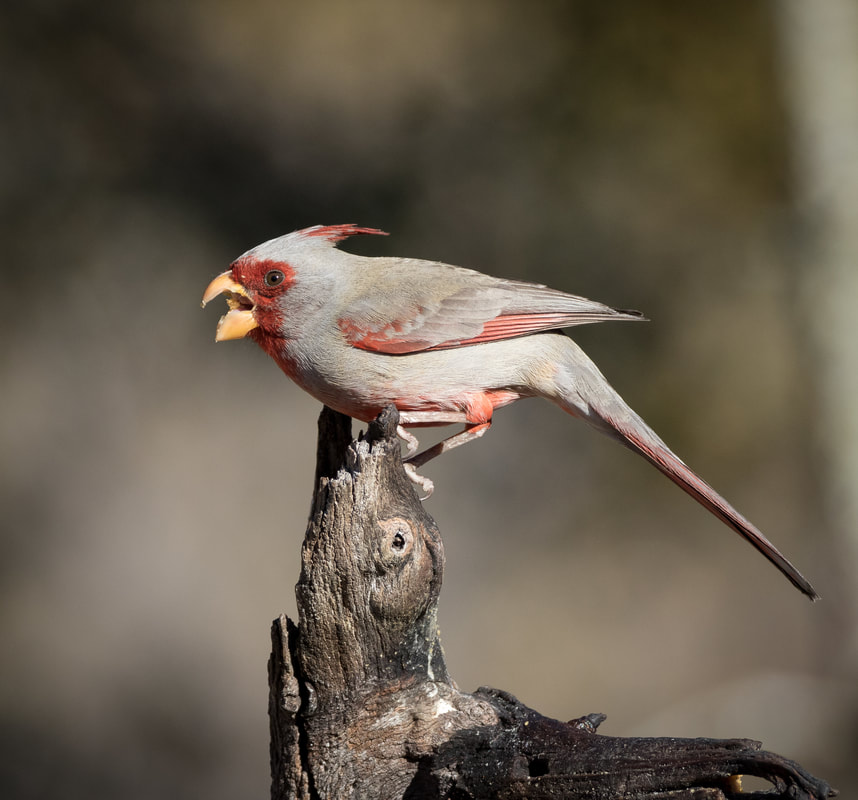
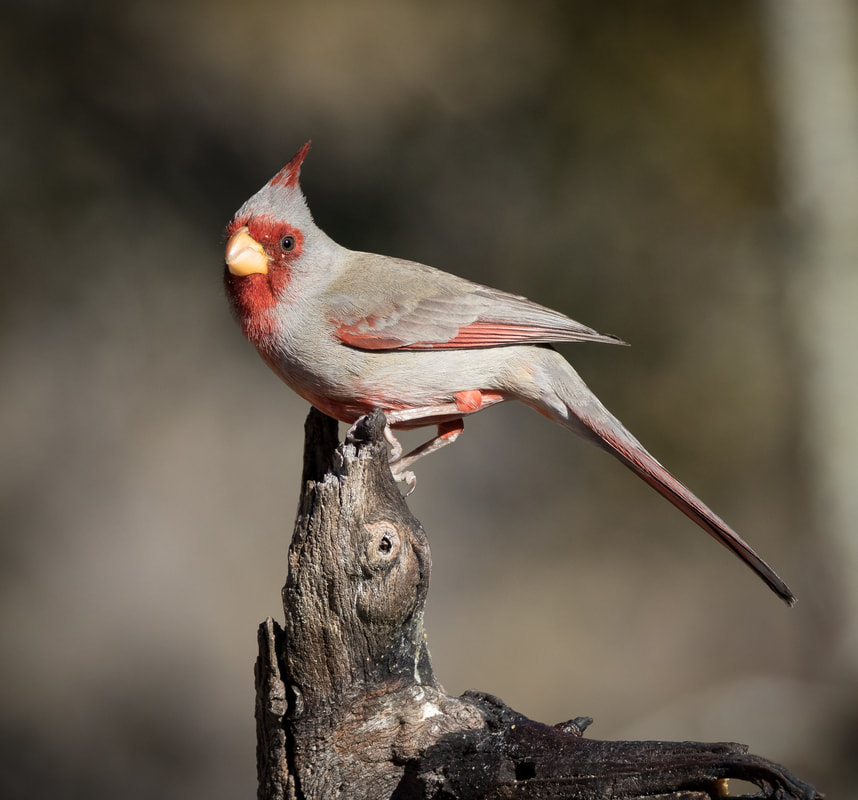
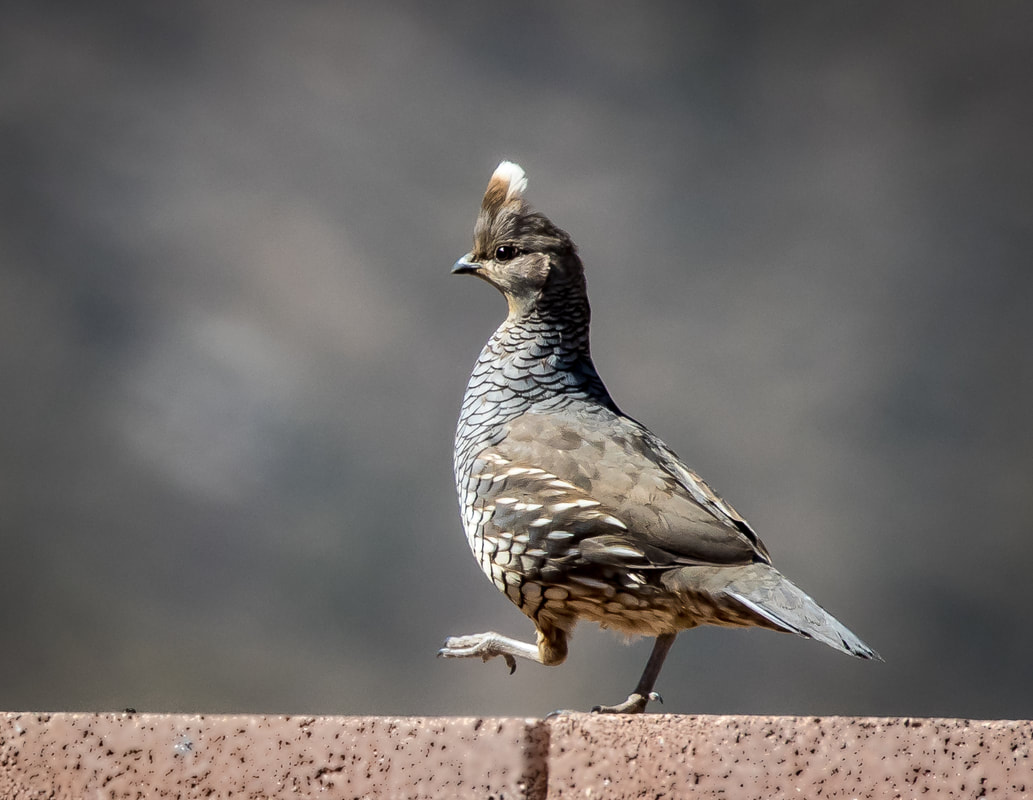
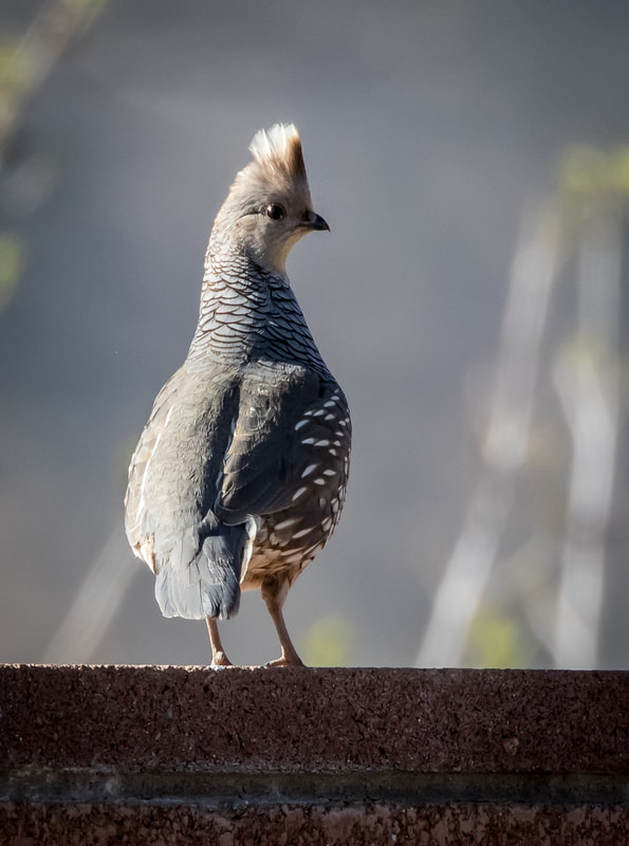
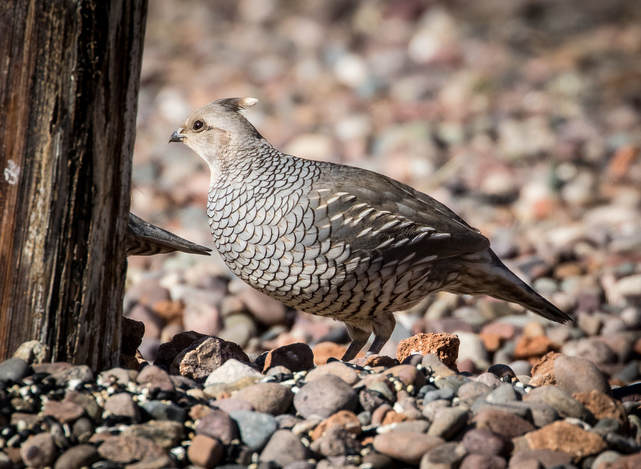

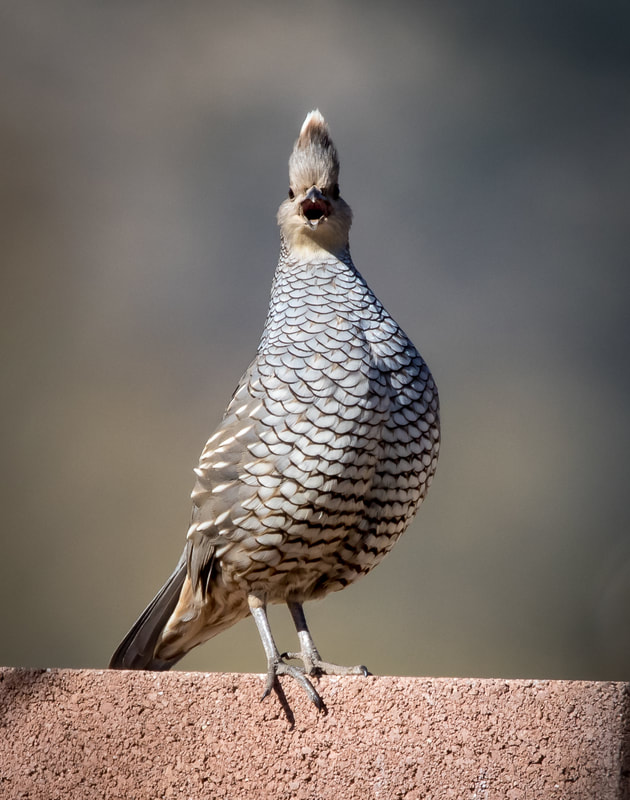
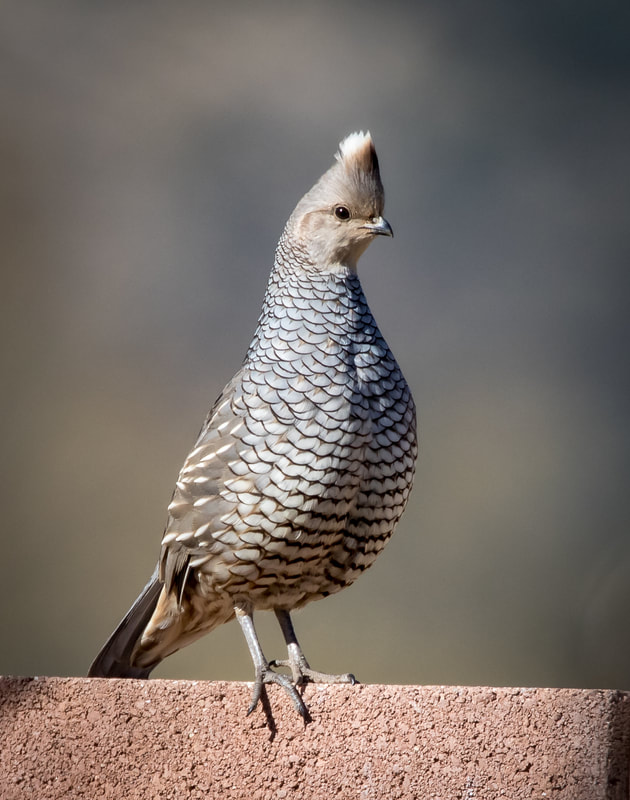
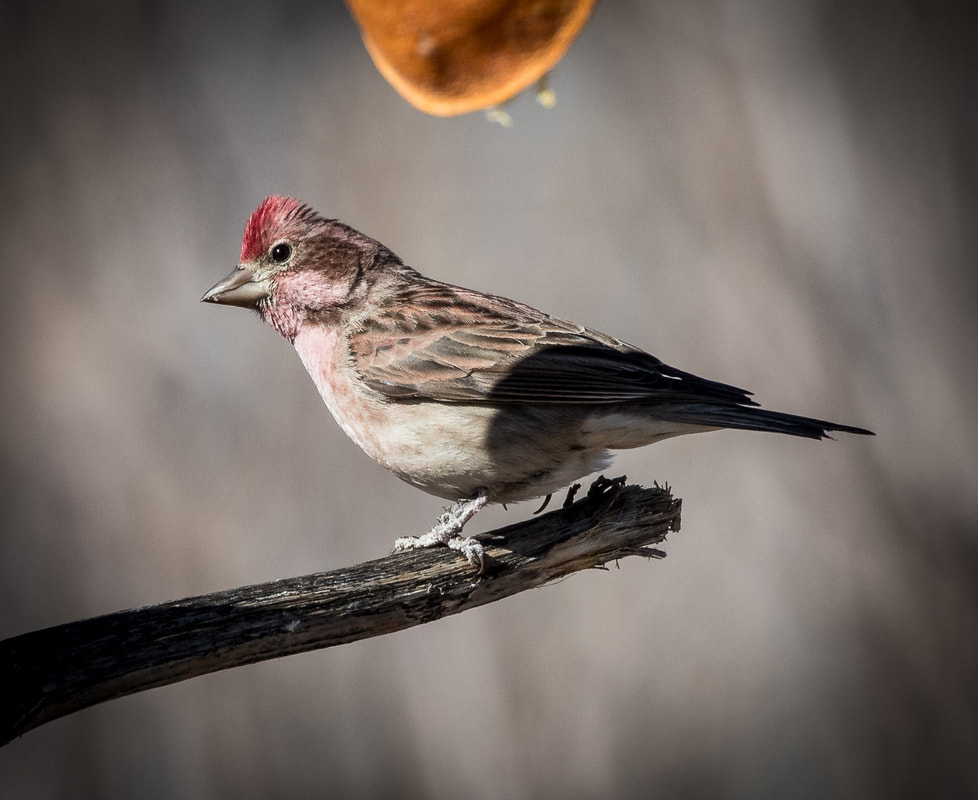
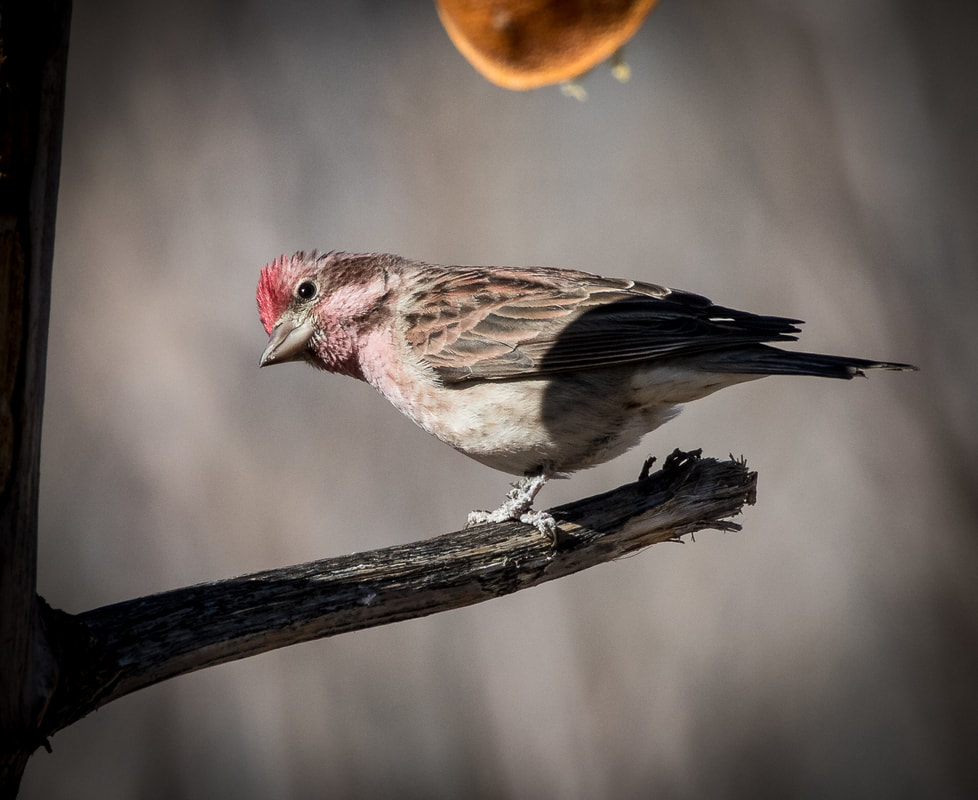
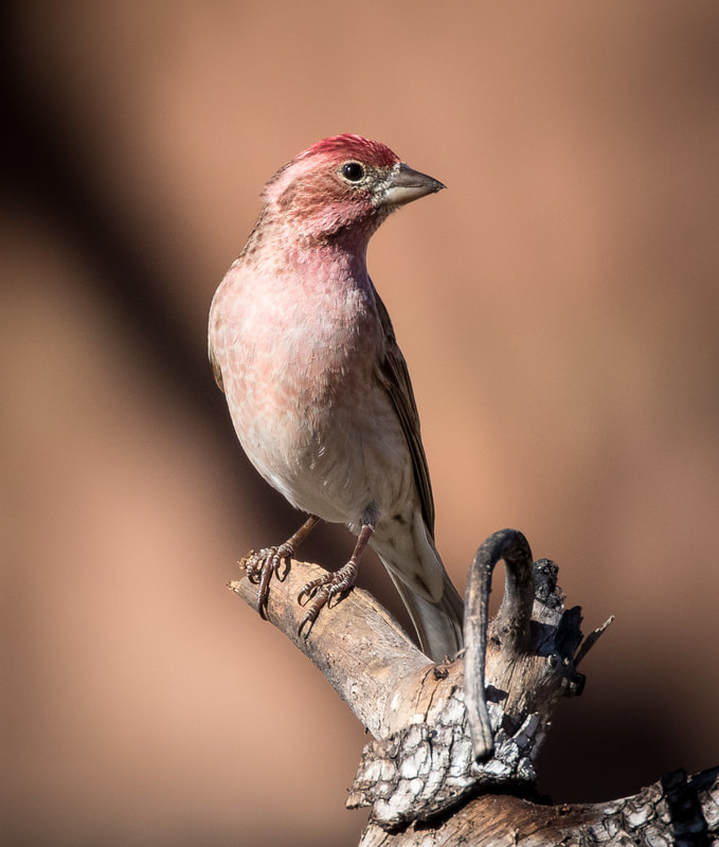
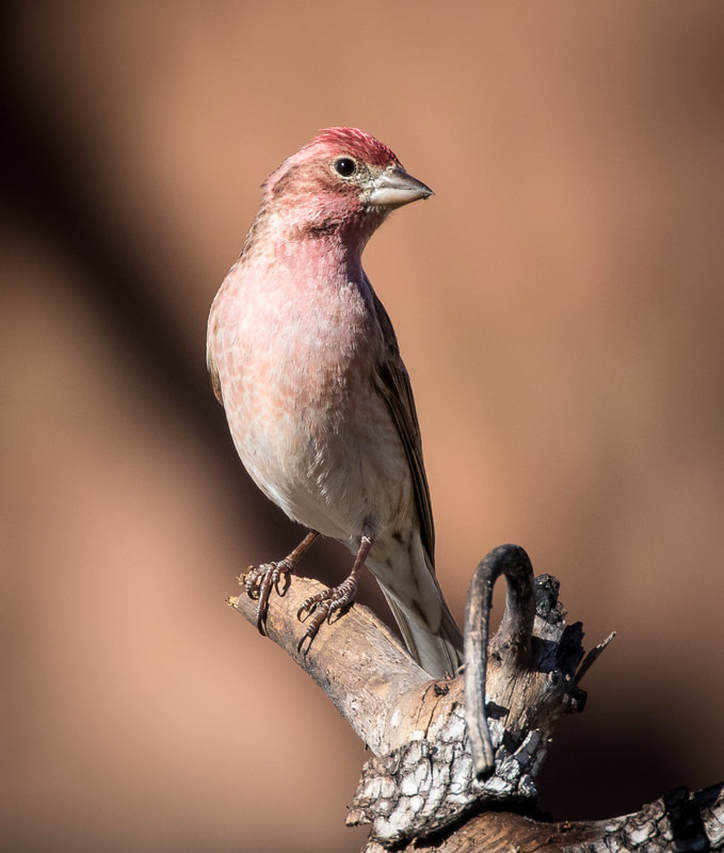
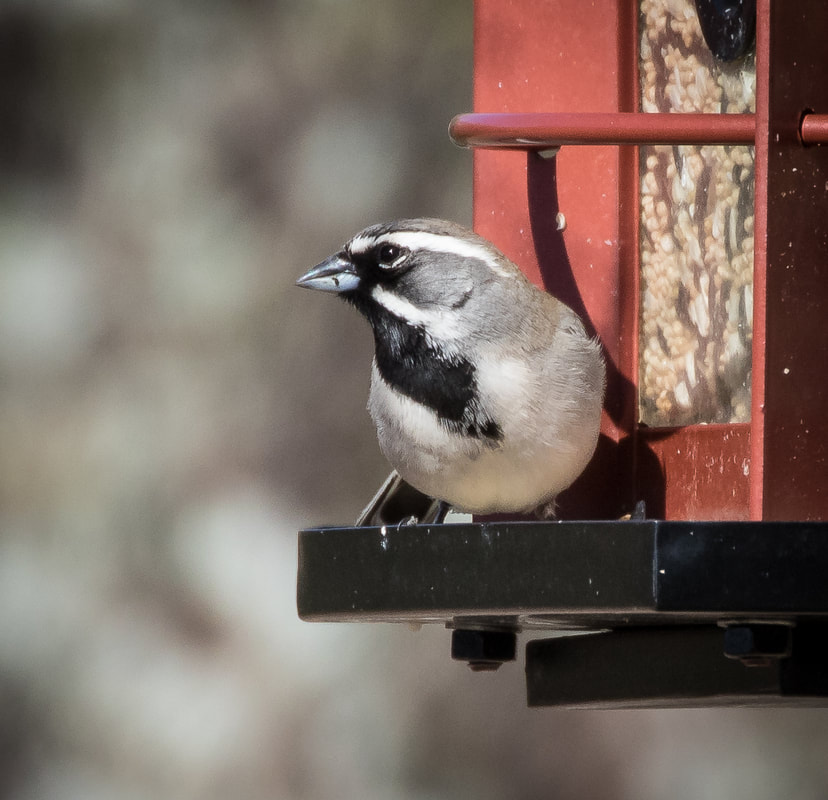
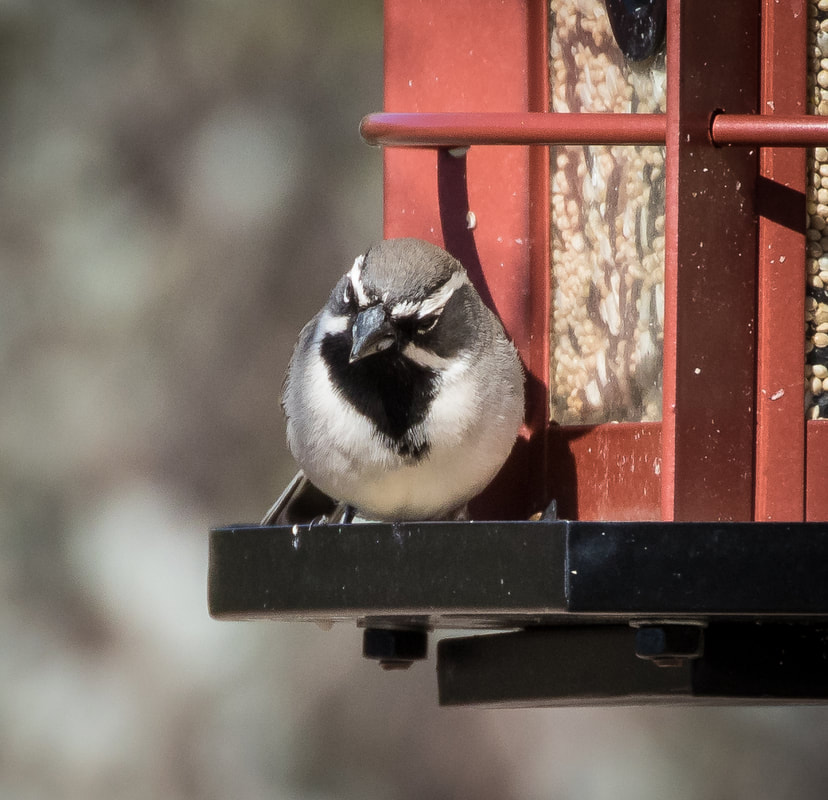
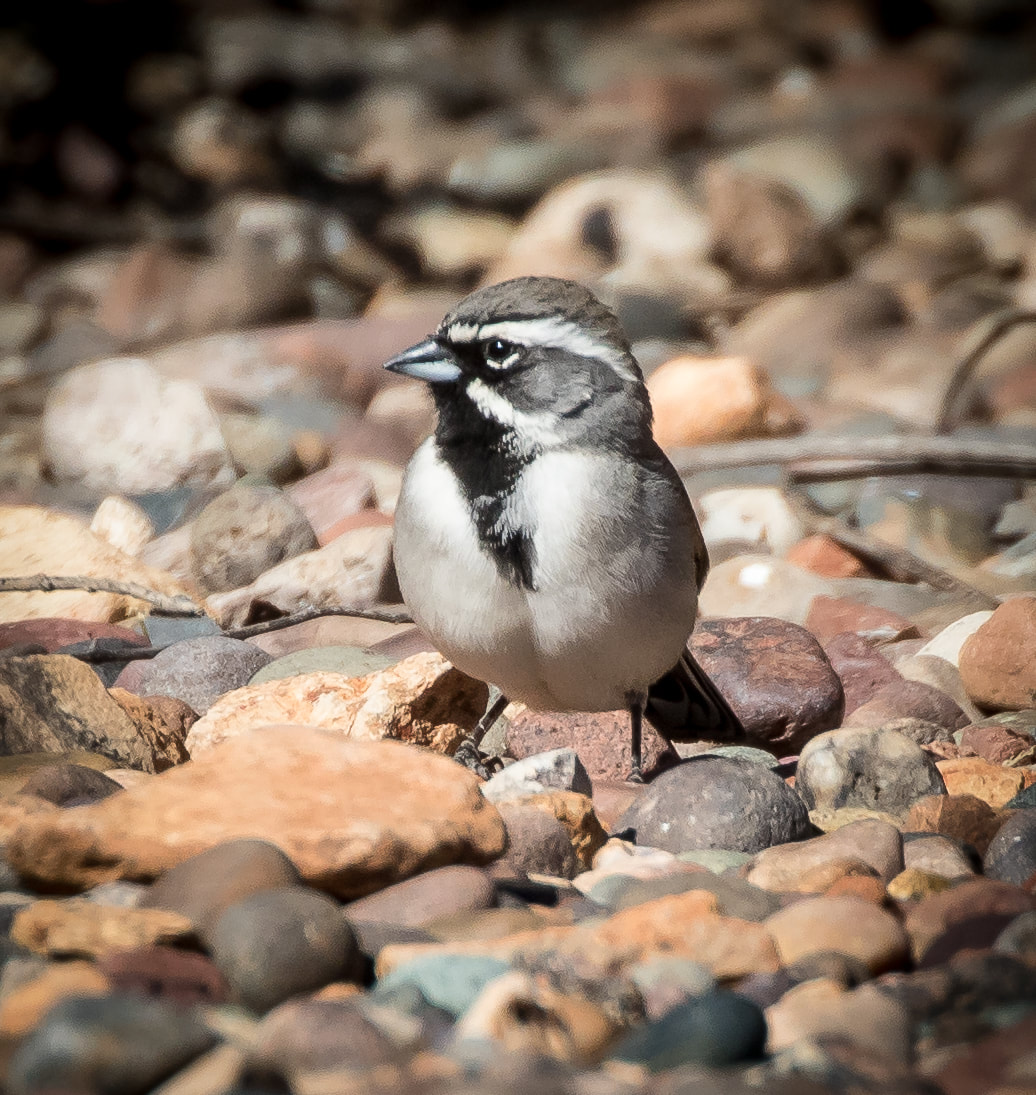

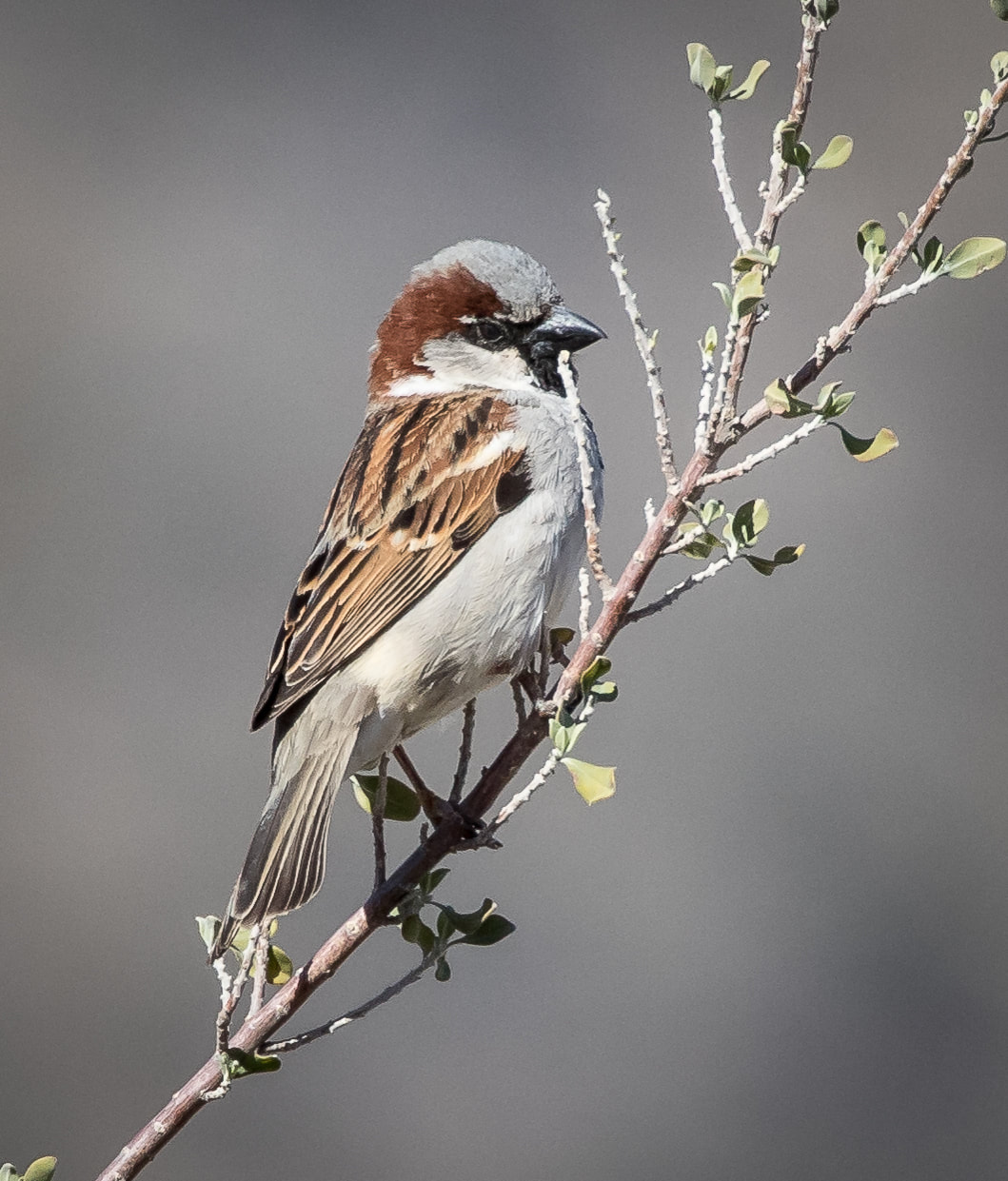
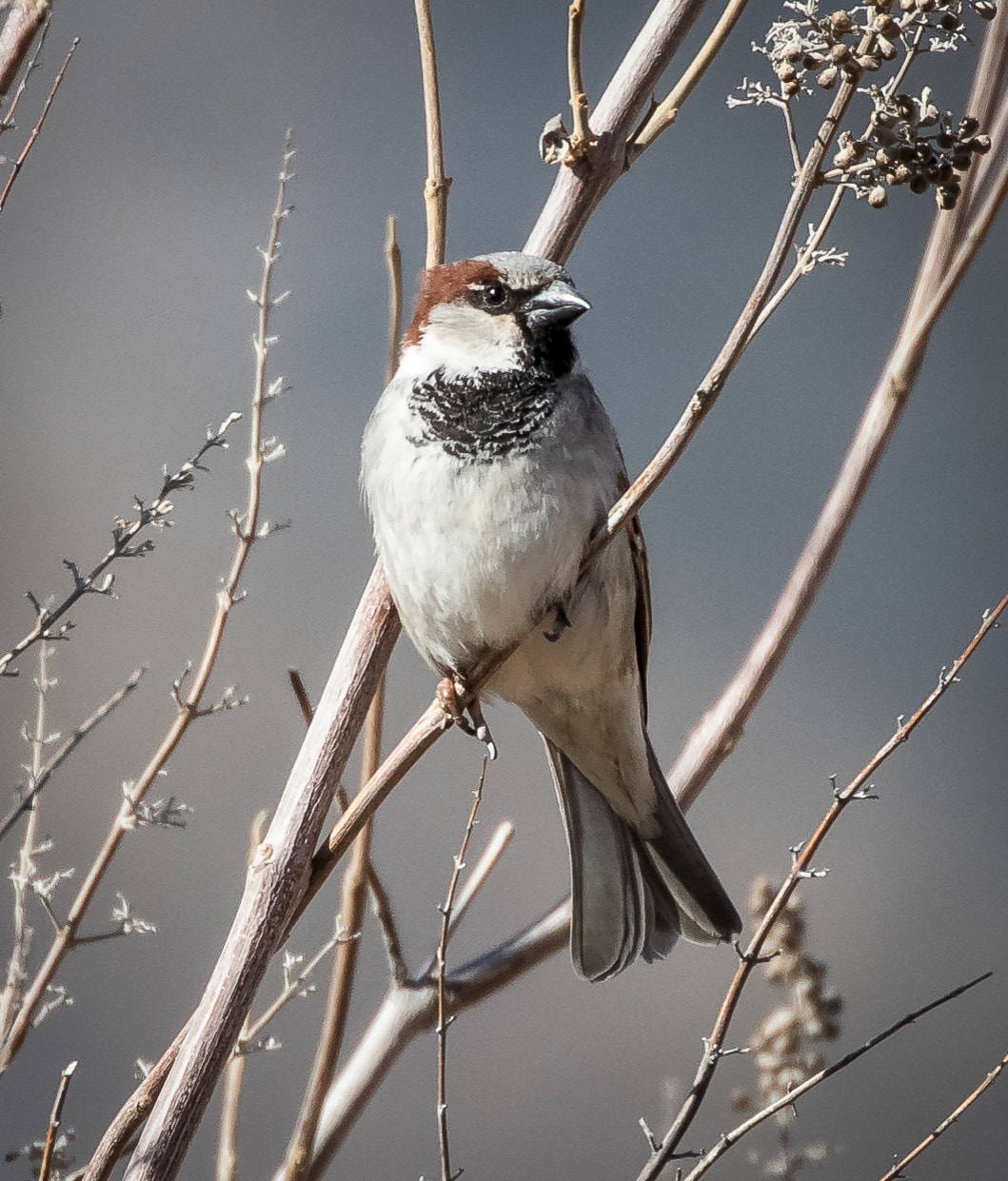
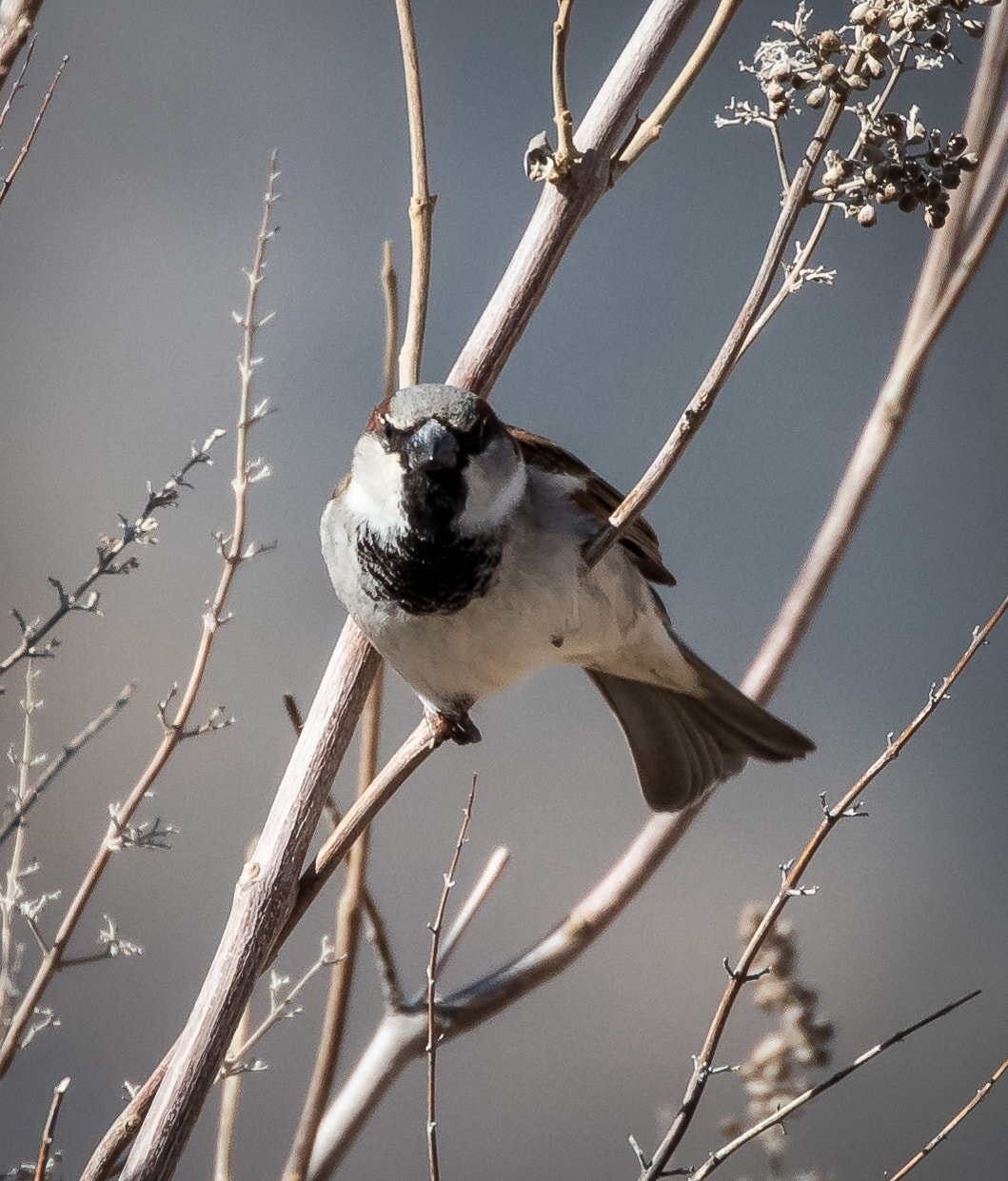
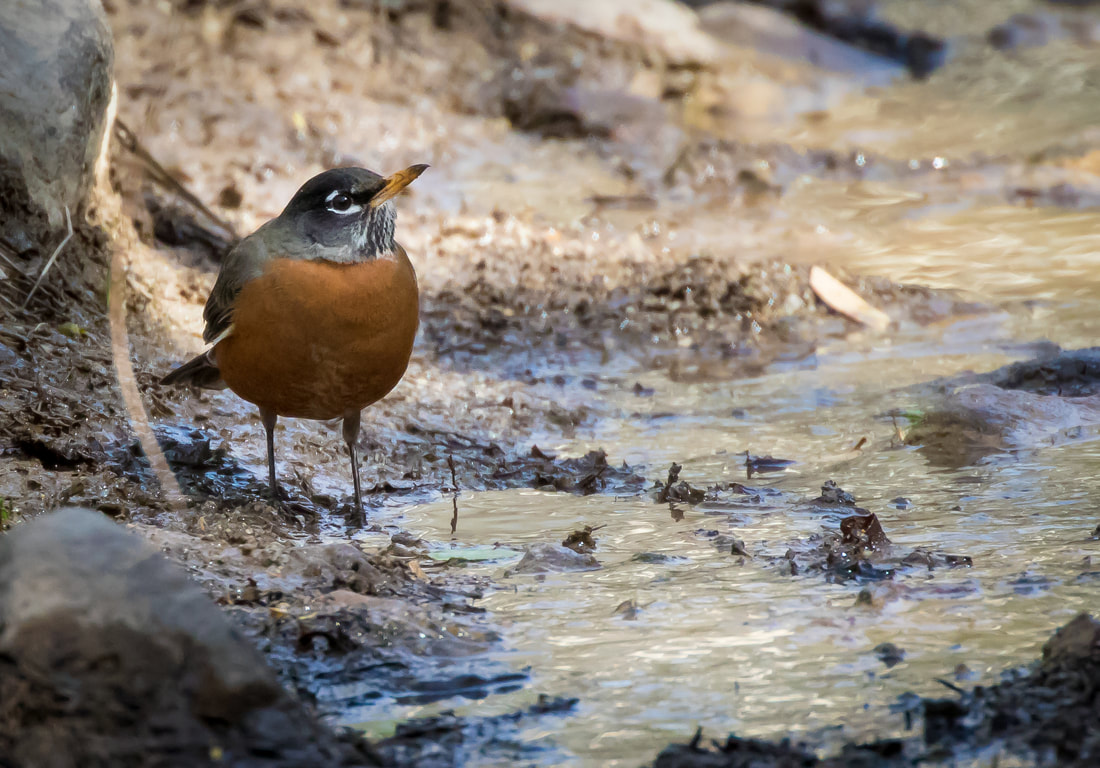
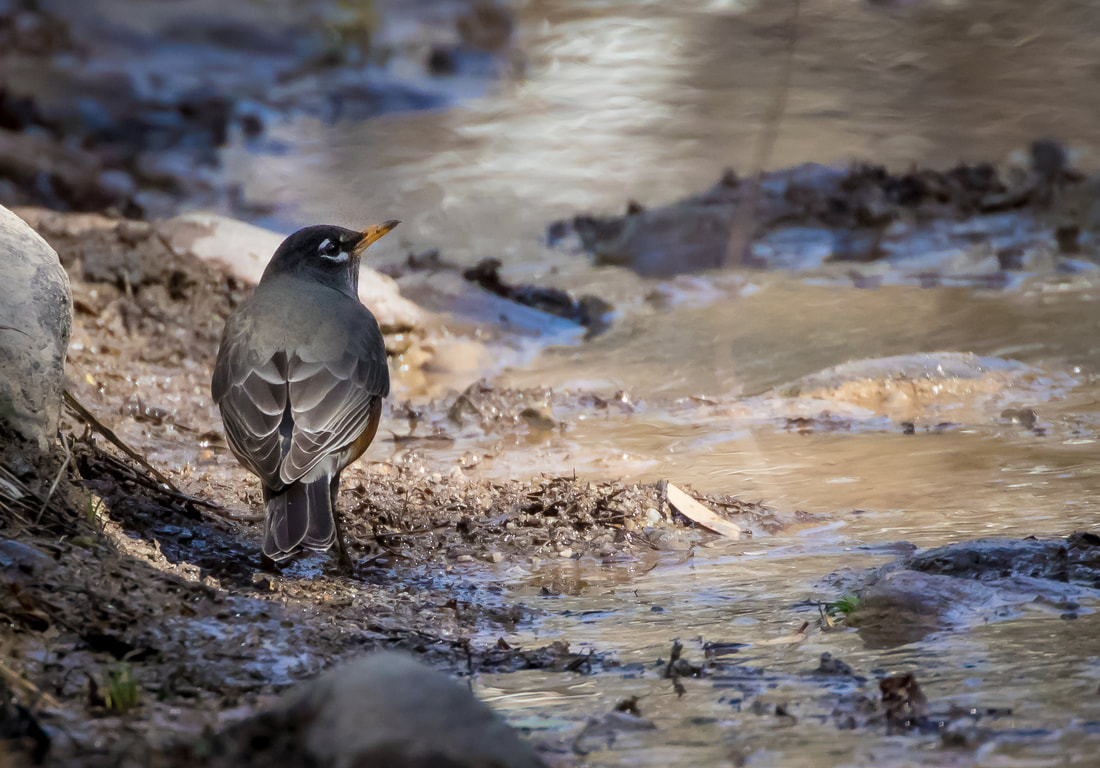
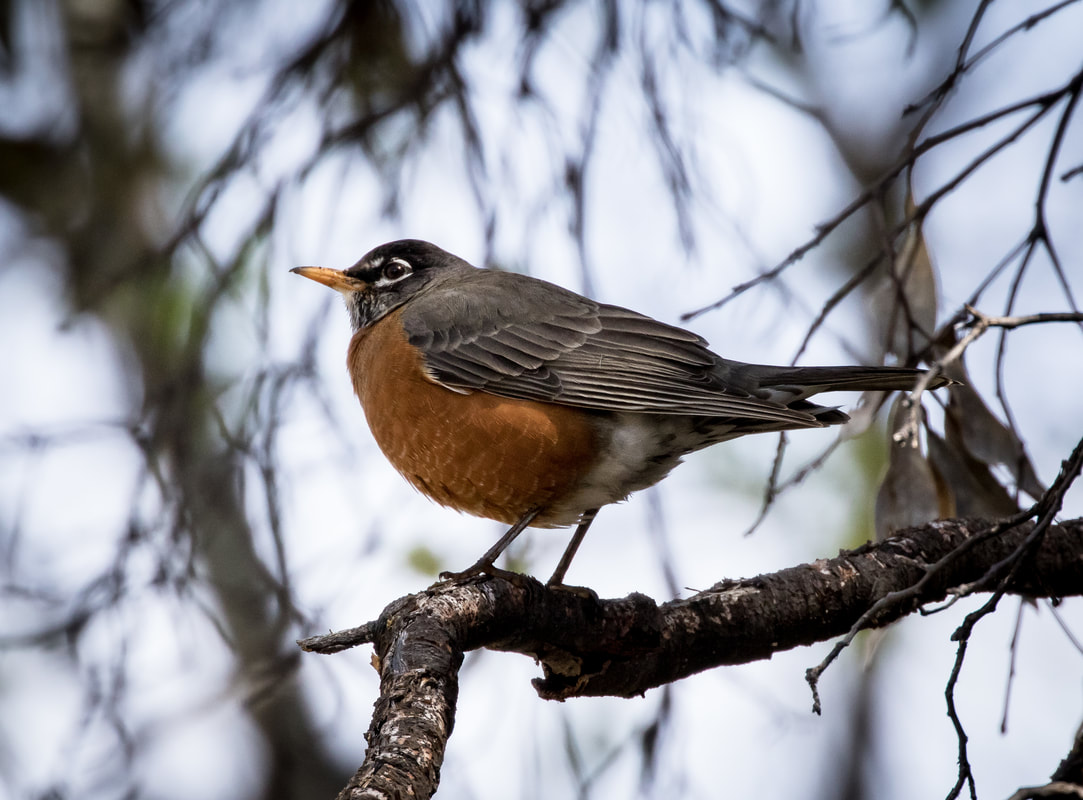
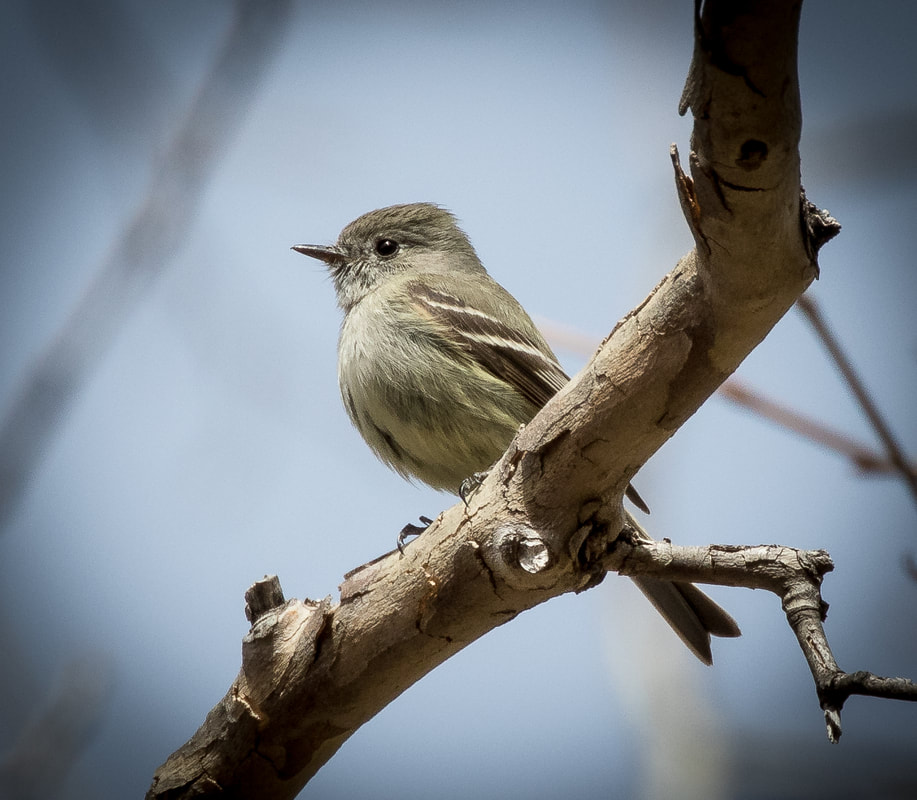
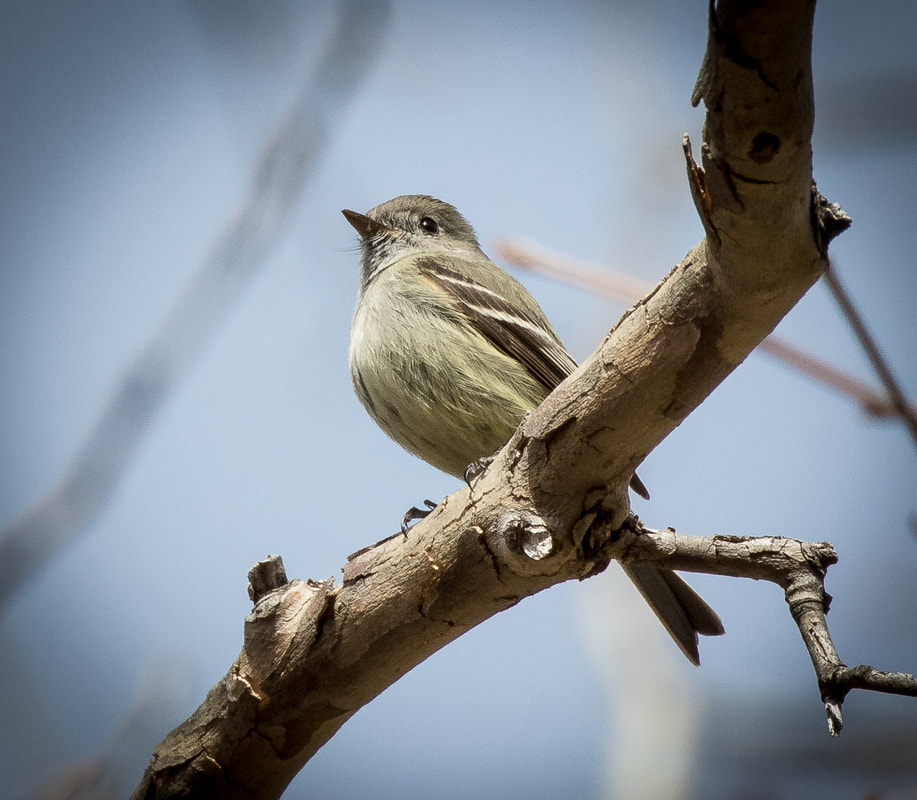
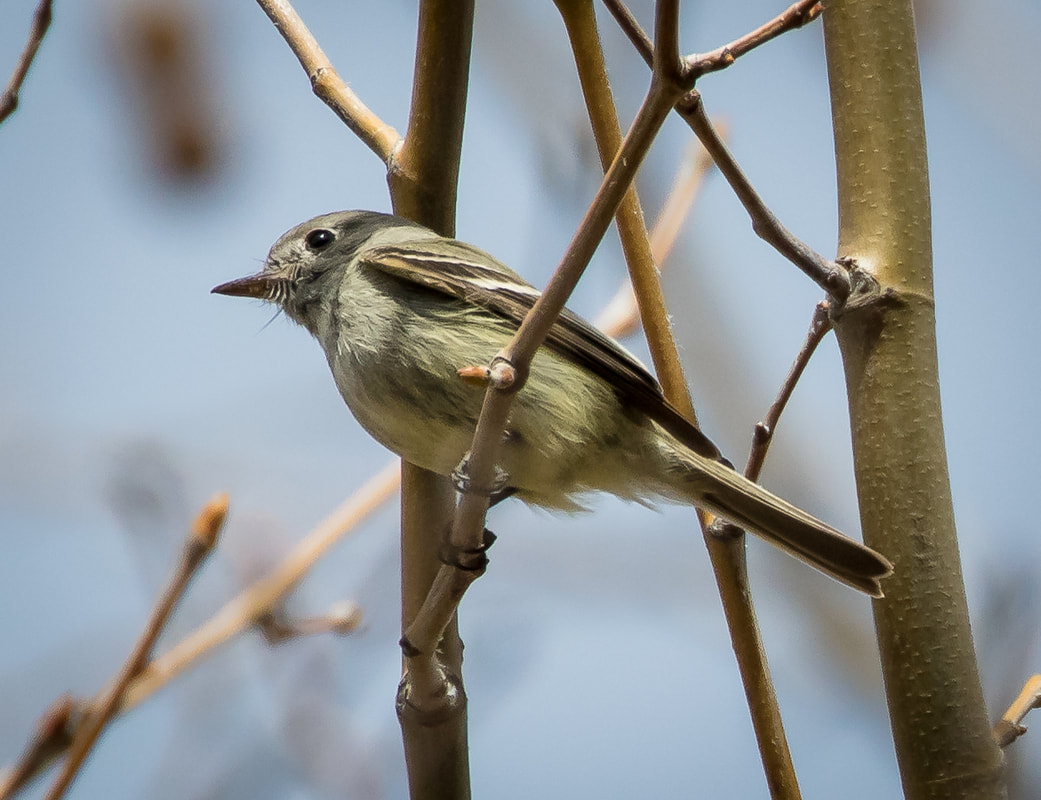
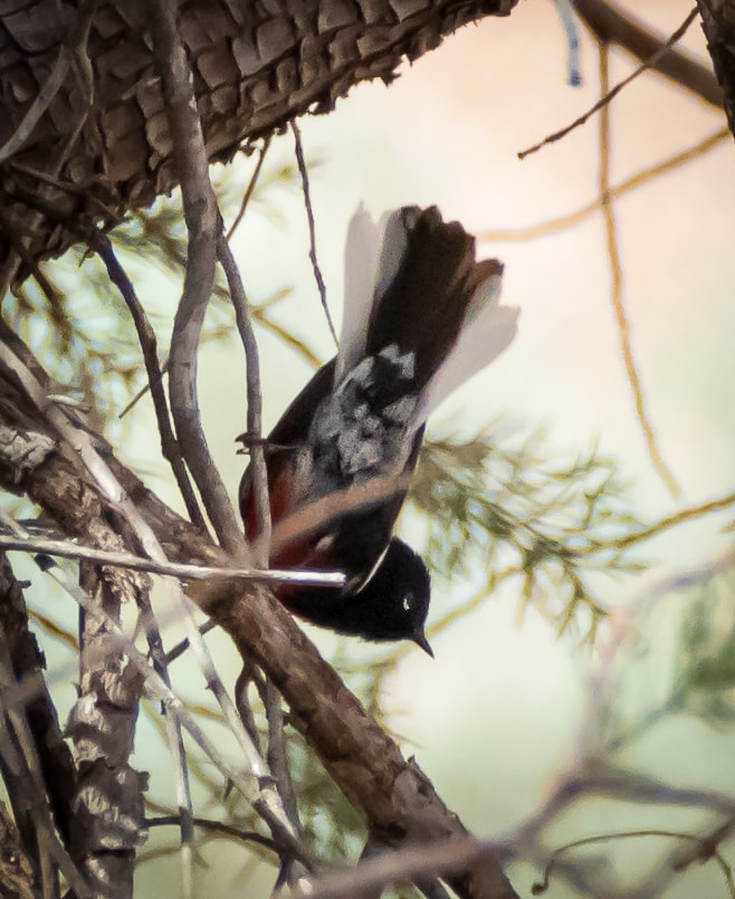

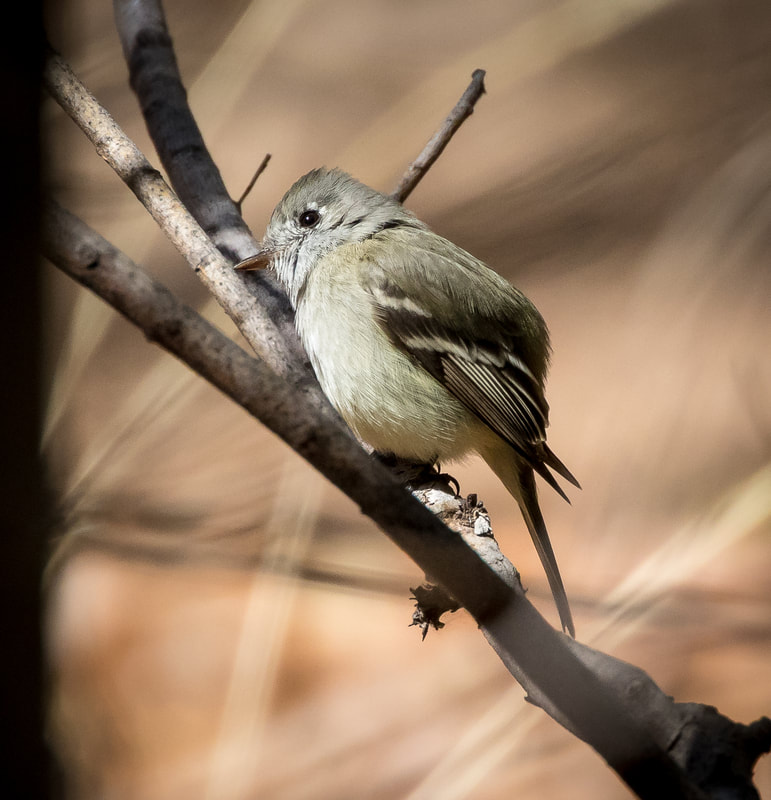
 RSS Feed
RSS Feed